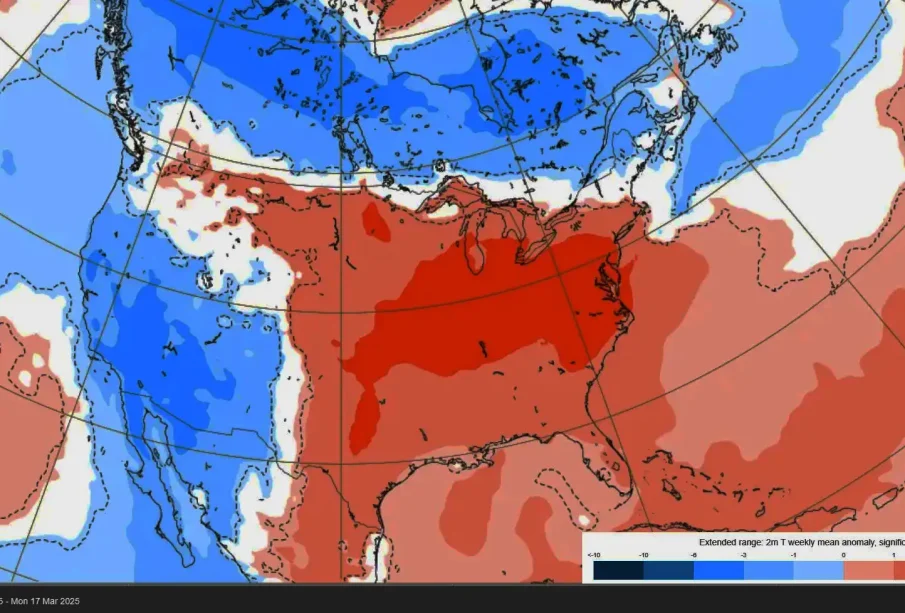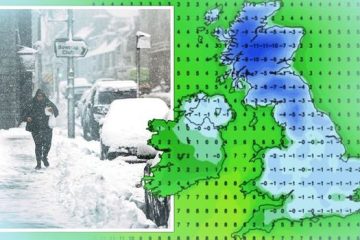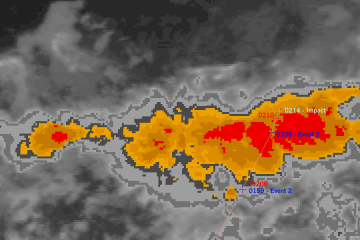Understanding Polar Vortex Collapse Weather

Introduction
The polar vortex is a large area of low pressure and cold air surrounding the Earth’s poles. During winter months, the polar vortex becomes even more significant, impacting weather patterns across the Northern Hemisphere. The collapse of the polar vortex can lead to extreme weather conditions such as severe cold snaps, heavy snowfall, and unusual warmth in regions not typically experiencing such temperatures. Understanding this phenomenon has become increasingly important as climate change alters winter weather patterns.
What is a Polar Vortex Collapse?
A polar vortex collapse occurs when the circulation of the polar vortex weakens or splits, causing frigid arctic air to escape and plunge southward into mid-latitude countries. This collapse is commonly attributed to sudden stratospheric warming (SSW), where a warming of the stratosphere disrupts the typical polar vortex formation. This phenomenon can produce dramatic changes in weather patterns, leading to what is often referred to as “Arctic outbreaks.”
In recent weeks, meteorologists have observed signs of a polar vortex collapse, which has implications for winter weather in the UK and other regions. Following the latest data, most forecasting models predict a significant drop in temperatures and increased chances of snowfall across the UK as the effects of the polar vortex extend south.
Recent Developments and Their Effects
The current weather models indicate that as the polar vortex weakens, substantial cold is expected to infiltrate Western Europe, including the UK, by mid-December. These models suggest that average temperatures may fall several degrees below seasonal norms, and precipitation could lead to snow and ice which, while common in some areas during this time, may take residents by surprise due to the sudden onset of cold conditions.
The potential for heavy snowfall raises significant concerns for transportation, infrastructure, and public safety. Councils across Britain are preparing for adverse conditions, implementing plans for snow clearance and ensuring public services can cope with the expected harsh weather.
Conclusion
The polar vortex collapse is a critical element of understanding severe winter weather trends that impact millions. As climate change continues to be a pressing concern, monitoring such phenomena becomes vital in improving forecasts and response strategies. The public should remain vigilant about the upcoming cold snap caused by the polar vortex collapse, as it underlines the broader impacts of climate dynamics on local weather. Collaboration between meteorologists, local governments, and communities will be essential in safeguarding against the potential dangers posed by extreme weather.









